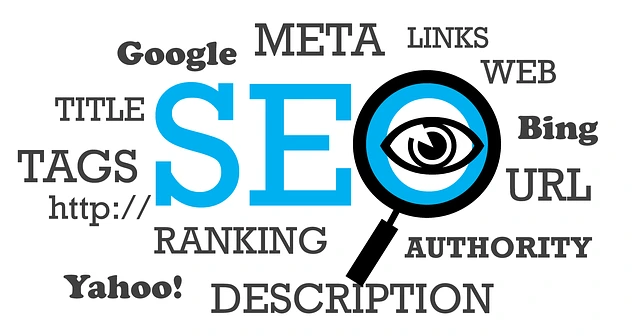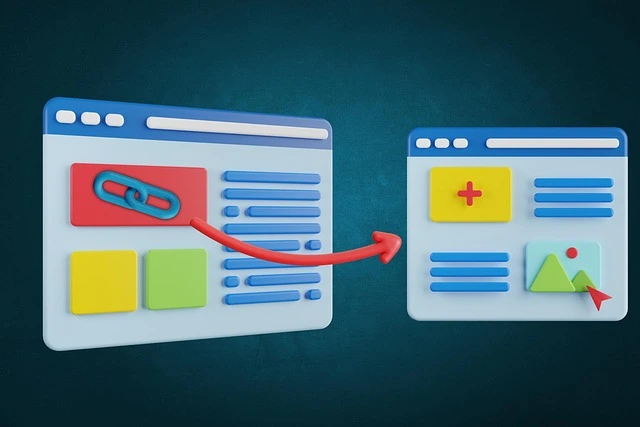5 Reasons Your Website Isn’t Ranking (and How to Fix Them)
If your website isn’t showing up where you expect on Google, you’re not alone. The good news? Ranking problems are usually fixable with a clear plan. Below we break down five of the biggest issues we see—and the practical steps you can take today to improve.

1) Your Pages Don’t Match Search Intent
Google ranks pages that best answer what the searcher really wants. If your service page targets “web design Swindon” but reads like a generic company bio, it will likely lose to competitors who clearly explain services, process, pricing signals, examples, and calls to action.
- Fix:
Align each page with a single intent (informational, commercial, or transactional).
- On-page essentials:
Clear H1, scannable subheadings, FAQs, internal links, and a compelling CTA.
- Helpful links:
See our latest blog posts for content ideas that win intent.
2) Technical SEO Is Blocking Crawling or Indexing
Even brilliant content can’t rank if search engines can’t access or trust it. Common culprits include noindex tags, messy redirects, duplicate URLs, slow load times, and poor mobile experience.
- Fix:
Check
robots.txtand meta robots; remove accidentalnoindex. - Speed:
Compress images (WebP), minify CSS/JS, enable caching, and lazy-load media.
- Mobile:
Ensure responsive layout and tap-target sizes; pass Core Web Vitals.
- Pro tip:
Keep one canonical URL per page to avoid duplicate content issues.

3) Thin, Outdated, or Duplicate Content
Short, generic pages rarely compete in 2025. If competitors provide detailed service breakdowns, case studies, pricing guidance, and FAQs—while your page has 200 words—you’ll struggle to outrank them.
- Fix:
Upgrade key pages with depth: benefits, process, proof, and next steps.
- E-E-A-T signals:
Showcase authorship, client logos, testimonials, and case studies.
- Content plan:
Create topic clusters (pillar page + supporting blogs) and keep them updated.

Guide to Local SEO for Swindon Businesses
Boost local visibility with Google Business Profile optimisation, local citations, and on-page tweaks…
Read More →4) Weak Authority: Not Enough Quality Backlinks
Backlinks from relevant, trustworthy sites are still a major ranking factor. If your competitors have strong press mentions, local directories, and partner links—and you don’t—Google will likely trust them more.
- Fix:
Earn links with useful assets (guides, tools, case studies) and outreach.
- Local SEO:
Build citations (local directories) and keep NAP data consistent.
- Quick wins:
Supplier/partner pages, community sponsorships, local news features.

5) Poor Internal Linking & Site Structure
Google discovers and evaluates pages via links. If important pages are buried or orphaned, they won’t receive the internal PageRank they need to rank.
- Fix:
Create clear navigation, breadcrumbs, and contextual links between related pages.
- Clusters:
Link supporting blogs to your main service “pillar” page and back again.
- Anchor text:
Use descriptive, natural anchors (e.g., “web design in Swindon”).
Quick Diagnostics Checklist
Is your most important page indexable and using a single canonical URL?
Does the content match the query’s intent and fully answer key questions?
Are Core Web Vitals passing on mobile and desktop?
Do you have internal links pointing to the page from related content?
Do you have at least a few relevant, high-quality backlinks?

See how StartWeb Studio supports your website design
From fast, responsive builds to SEO fundamentals baked-in—we create sites designed to rank and convert…
Read More →Conclusion
If your site isn’t ranking, focus first on intent alignment, technical health, content quality, authority, and internal linking. Tackle those five and you’ll be ahead of most competitors.
Want us to support you get seen by Google? Contact us. We’ll pinpoint the gaps and help you climb the results—sustainably.
